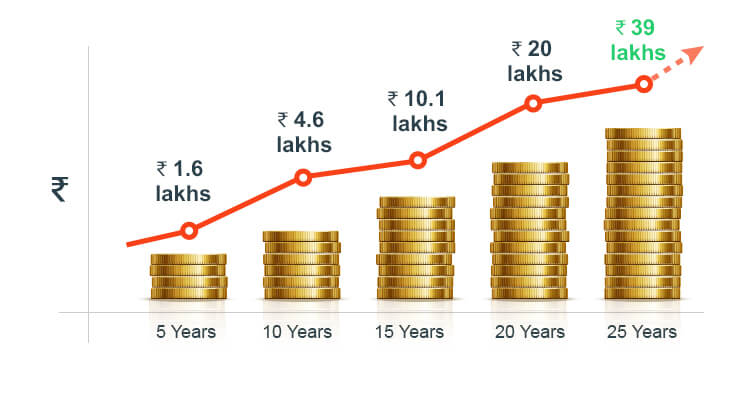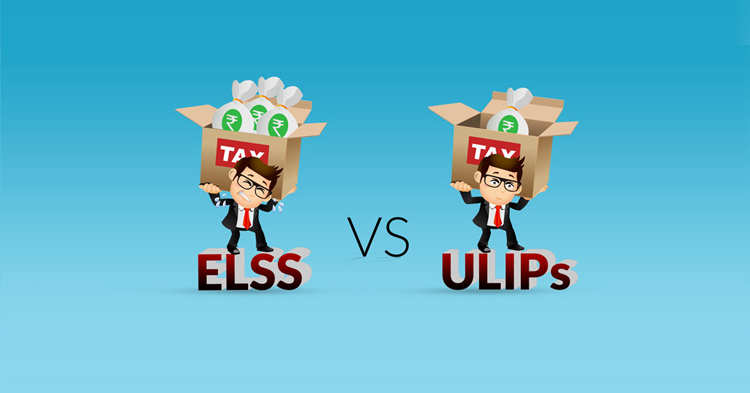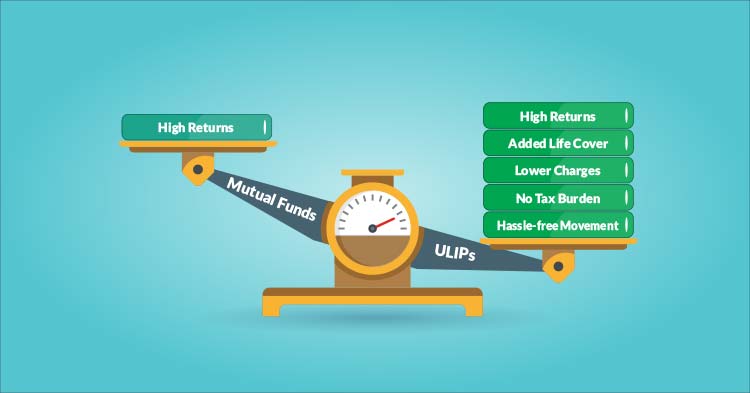OneInsure Blog
ULIPs vs SIP, Which One Will Fund Your Dream Car?
Gadgets have always fascinated men. And the larger the gadget, the larger the excitement and anxiety to own one.
Take cars, for example. Most men have fascinated about cars at some point in their lives. Many still do. While we fascinated about 2-seater sports cars in our youth, we now itch to own a nice and comfortable sedan or SUV based on the size of our family.
But these typically cost upwards of Rs 5 lakhs, with some even costing tens of lakhs, which is not an amount we can easily afford. So, typically, we end up availing a loan or using the pay-outs of an investment tool that has matured around that time.
What if you could plan these purchases years in advance, though? All you need to know are when you want to buy a new car and what is it likely to cost. Check out the following car-purchasing timetable. This indicates when you would most likely want to buy a new car and its approximate cost:
- In 5 years | Car cost: Rs 5 lakhs
- In 10 years | Car cost: Rs 8 lakhs
- In 15 years | Car cost: Rs 12 lakhs
- In 20 years | Car cost: Rs 17 lakhs
We have presumed an average of 5 years between cars and the standard of the vehicle getting better with each car.
Okay, Sounds Good – What’s It Going to Cost Me?
An investment of merely Rs 6,000 a month compounding at a reasonable 10.5% will comfortably allow you to buy the car of your dreams every 5 years. Here’s a look at the returns from ULIP plans, which you can customize in such a way that you are able to withdraw from it in specific intervals:
- After 5 years of compounding – Rs 4.7 lakhs
- After 10 years of compounding – Rs 13 lakhs
- After 15 years of compounding – Rs 26.5 Lakhs
- After 20 years of compounding – Rs 50 Lakhs
But What’s the Difference between ULIP and SIP?
ULIPs are the better option compared to mutual fund SIPs in case of goal-oriented investments. Here’s why:
- BIGGEST REASON – LTCG tax. This tax forces you to give away 10% of your capital gains at the time of withdrawal. This means that if you have gained Rs 5 lakhs and want to withdraw funds, you will have to give away Rs 50,000 as tax. ULIPs have no such tax. So, when it comes to ULIP plan vs SIP, the winner is very clear.
- ULIPs provide triple tax exemptions – at the premium-paying, accumulation, and withdrawal phases. This is proof that there is no doubt which is better ULIP or SIP.
- It is tough to stop investing in a ULIP without penalties. This may seem like a bad thing, but it is actually a very good feature. The forced investment nature of ULIPs ensure you don’t move your eyes away from the greater good. According to a nation-wide study, more than 55% of private mutual fund SIP investors want to opt out within the first 2 years.
- Being an insurance product, ULIPs come with a death cover, which is absent in SIPs. This is a crucial thing to consider when you compare SIP and ULIPs.
- Not convinced yet? Have a read:
The same can be said about the differences between ULIP and ELSS plans.
Isn’t This Logic Applicable for Other Life Goals Too?
It takes a smart reader to realize that the logic we have discussed in this piece can be applied to other milestones too:
- Want to go on grand family vacations outside India every 5 years?
Invest in a targeted ULIP plan | Don’t forget to grab a travel plan before you leave! - Want your child to have the best education after Std. XII?
Invest in a guaranteed child plan
--
Speak with a financial planning expert today
M – 86559-86559 | E – support@oneinsure.com
GET BEST QUOTE FOR ULIPS


 Comments
Comments

 Targeted ULIPs, Triple Tax Exemption
Targeted ULIPs, Triple Tax Exemption



